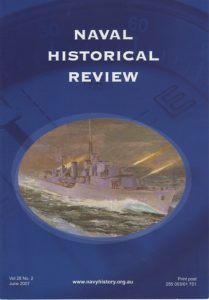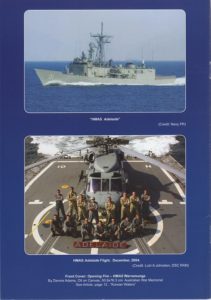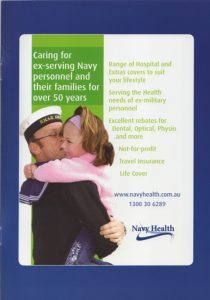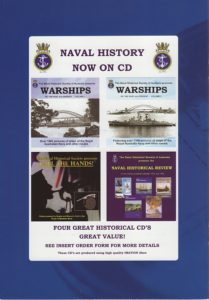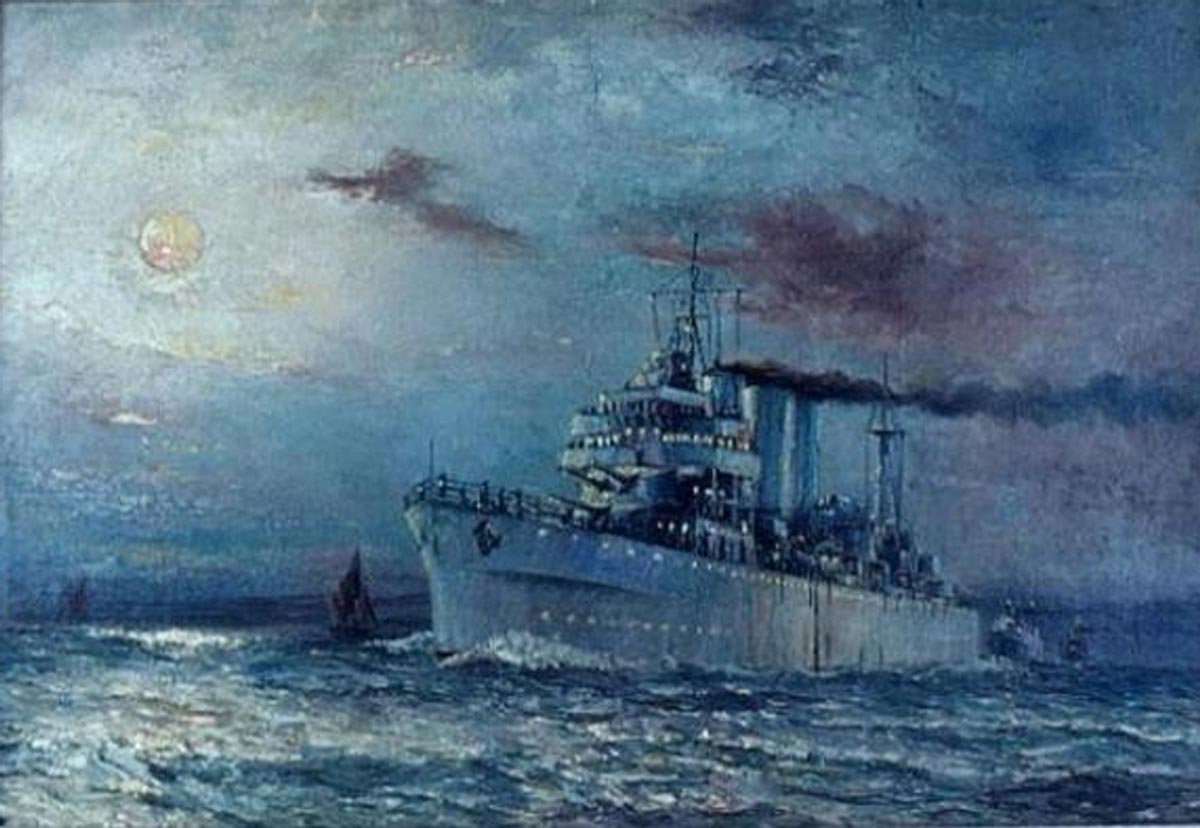
Harold Dalton-Hall
Harold Dalton-Hall was born in 1881 in Semiphore, South Australia. He was a well-known South Australian marine artist and model maker who worked in oil, watercolour, pen and ink.
In 1894 he was working on the South Australian Navy ship Protector as a cabin boy. He then joined the Royal Navy and did the gunnery course at HMS Excellent and was trained on torpedoes at HMS Vernon, both shore establishments. He underwent further training aboard HMS Victory, which from 1889 to 1904 served as a base for the Naval School of Telegraphy.
He retired from the Navy around 1909 after twelve years of service and returned to Adelaide. He took lessons in painting from James Ashton, 1918–1920. He painted, in oils and other media, ships from the original Australian colonies' navies. His paintings are distinctive in the use of rich colours and his attention to detail.
In 1943 Hall was transferred to the GPO telephone workshops at Sydenham, New South Wales. He died in hospital at Liverpool in 1946.
- Additional resources for Harold Dalton-Hall
